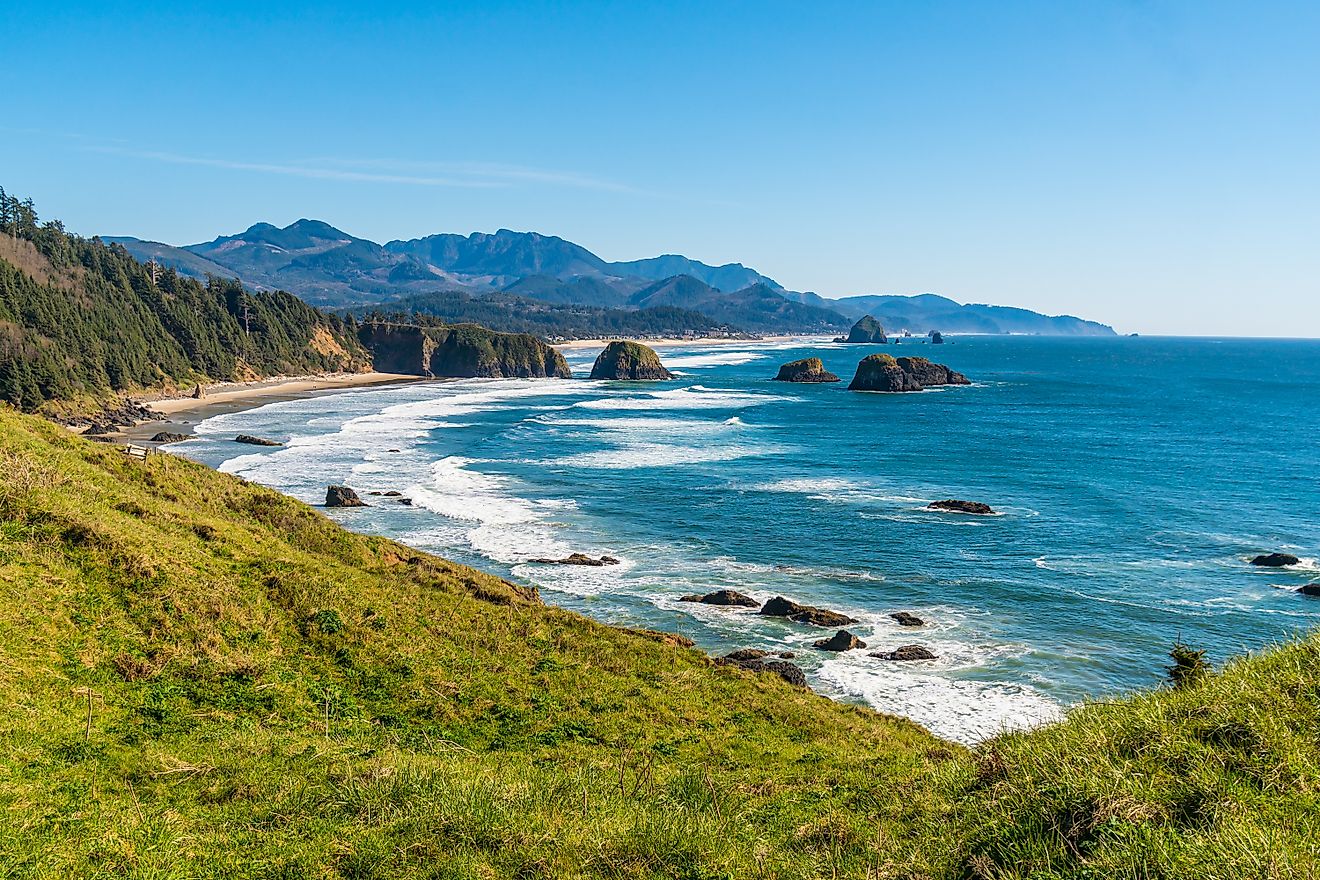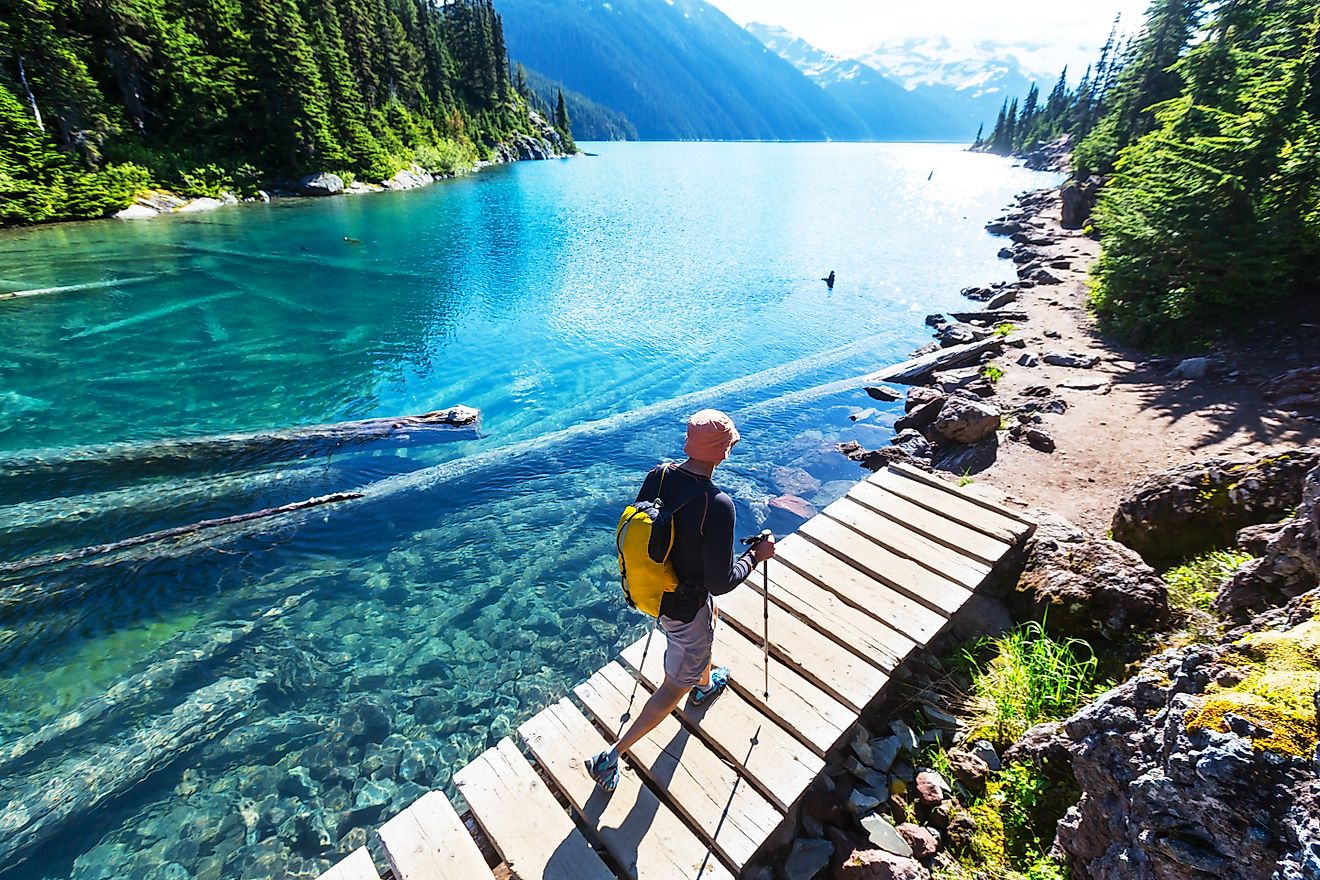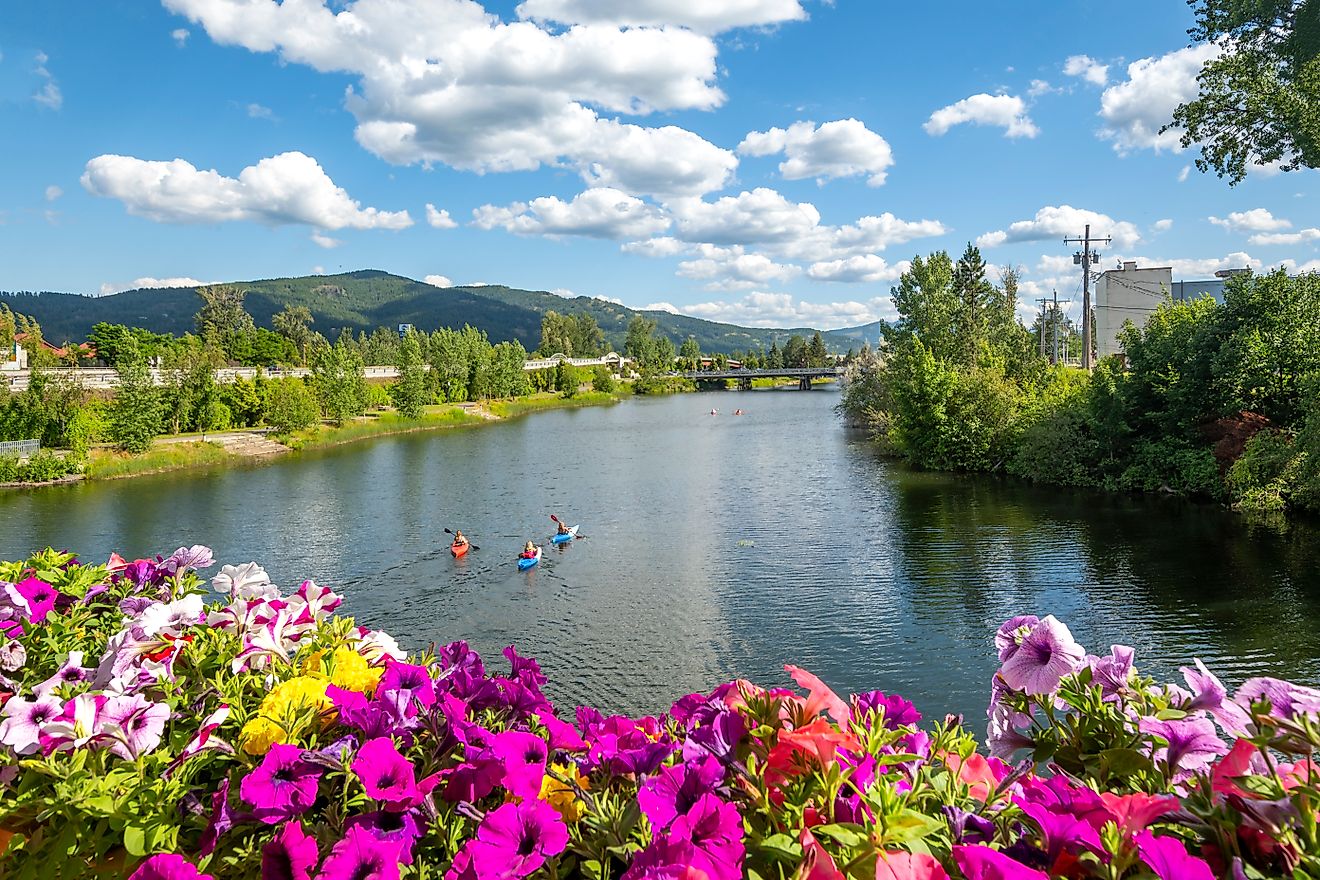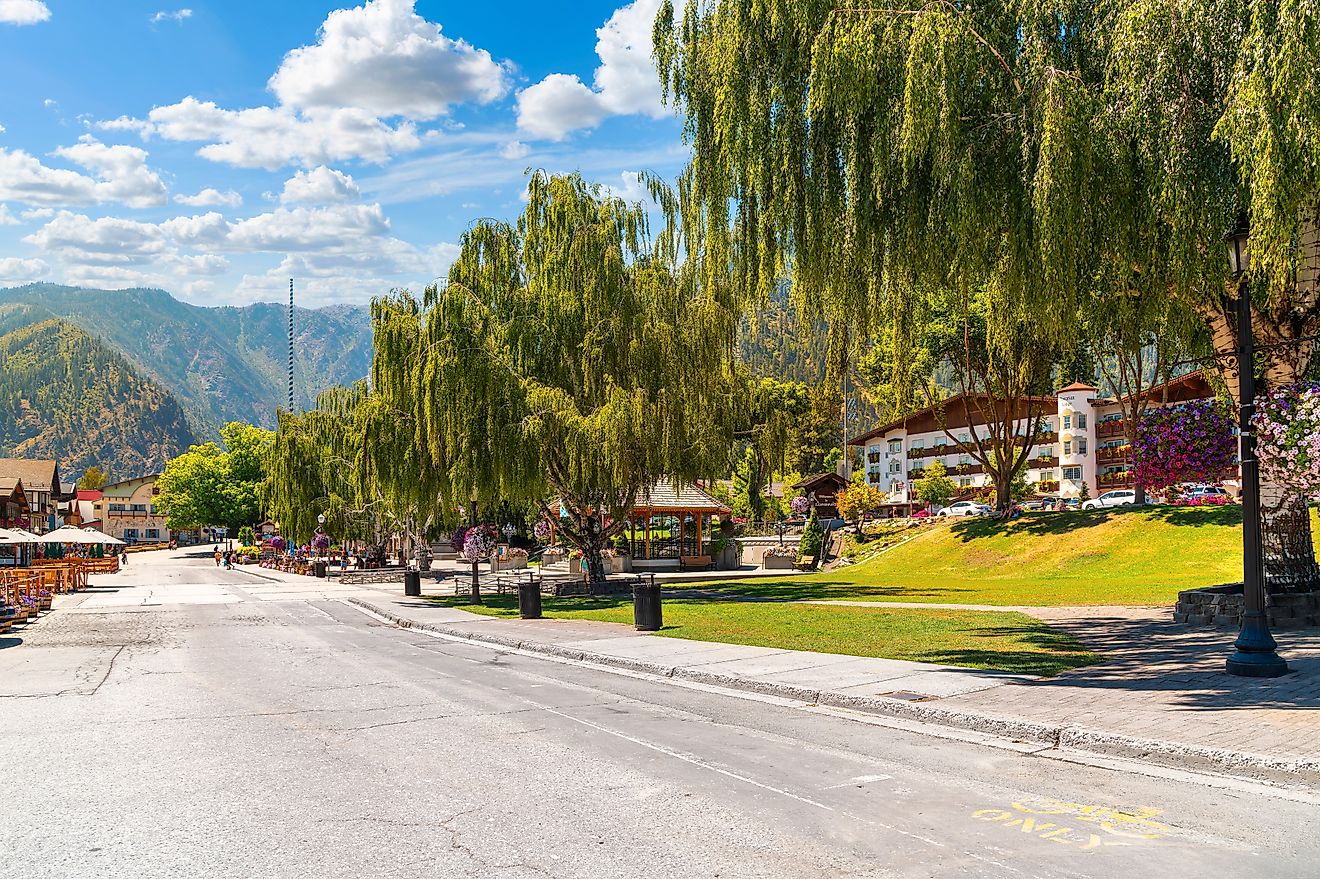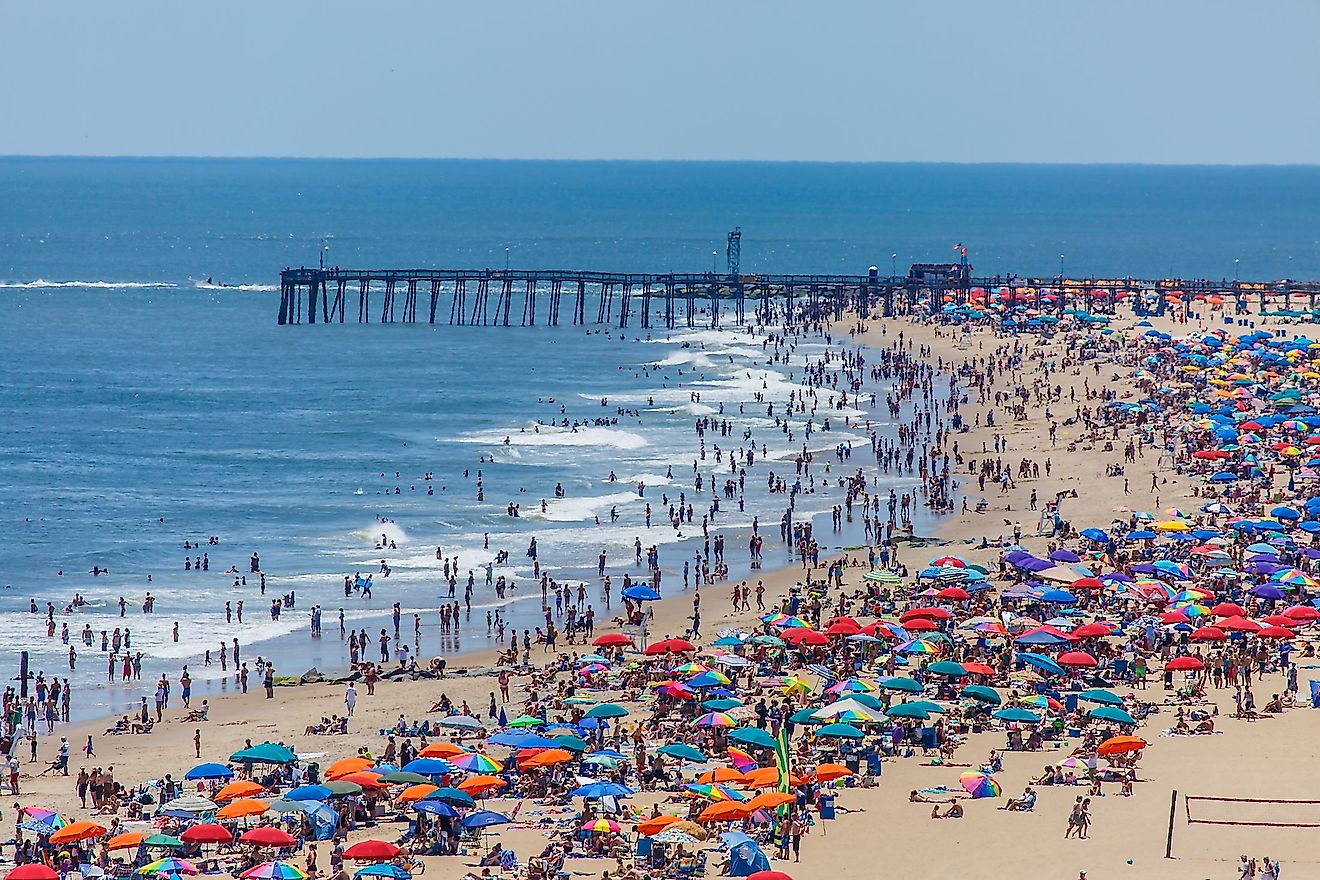
The Pacific Ocean
The Pacific Ocean, the largest and deepest ocean on Earth, covers over 63 million square miles, nearly one-third of the planet’s surface. It extends from the Arctic in the north to the Southern Ocean in the south and from Asia and Australia in the west to the Americas in the east. This vast body of water is not just a geographical feature but a key part of Earth's climate system, a hub of biodiversity, and an important part of human history and culture. It influences weather and climate, provides resources, and serves as a route for trade.
Portuguese explorer Ferdinand Magellan named it "Mar Pacifico," meaning "peaceful sea," in the early 16th century. Despite the name, the Pacific is known for its powerful waves and frequent seismic activity, including earthquakes and tsunamis. Its diverse marine life and unique geological features make it a constant subject of study and fascination.
The Pacific Ocean is essential for the sustenance and progress of life on our planet.
Wildlife Wonders

Humpback whale breaching in cabo san lucas pacific ocean mexico.
The Pacific Ocean hosts an incredible variety of marine life, from tiny plankton to majestic whales. Its biodiversity is unmatched. Coral reefs, often called the "rainforests of the sea," are abundant here and provide habitats for countless species of fish, invertebrates, and plants.
One notable resident of the Pacific is the humpback whale, known for its acrobatic breaches and complex songs. Each year, these gentle giants migrate thousands of miles from the cold waters of Alaska to the warm breeding grounds near Hawaii. Watching humpback whales in their natural habitat is an unforgettable experience for nature lovers.
Coral Reefs And Their Importance
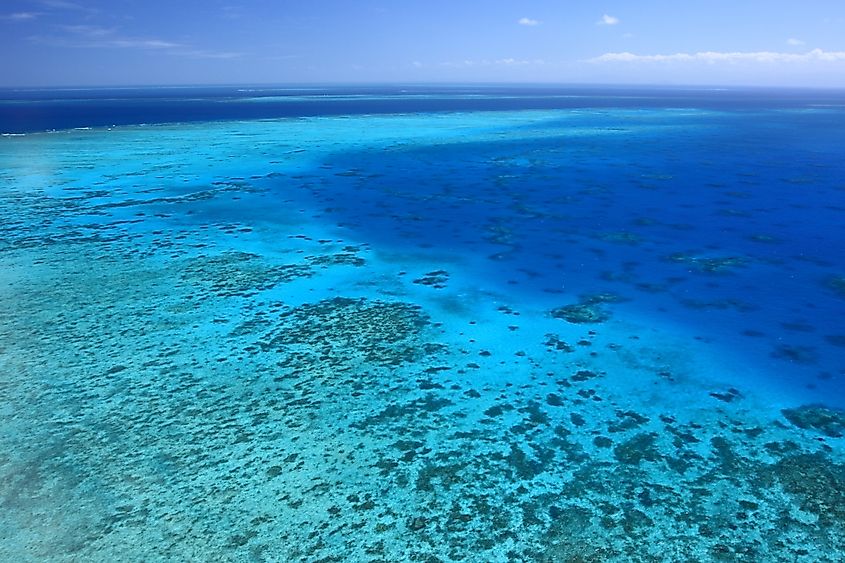
Great Barrier Reef.
Coral reefs are not only beautiful natural structures but also crucial for the health of the ocean ecosystem. The Great Barrier Reef, located off the coast of Australia in the Pacific, is the largest coral reef system in the world. It stretches over 1,400 miles and includes more than 2,900 individual reefs, even visible from space.
These reefs provide shelter and food for many marine species, making them essential for biodiversity. They also protect coastlines from erosion and serve as nurseries for young fish. However, coral reefs face threats from climate change, pollution, and overfishing. Efforts to conserve and restore these ecosystems are vital for maintaining the health of the Pacific Ocean.
Islands Of The Pacific
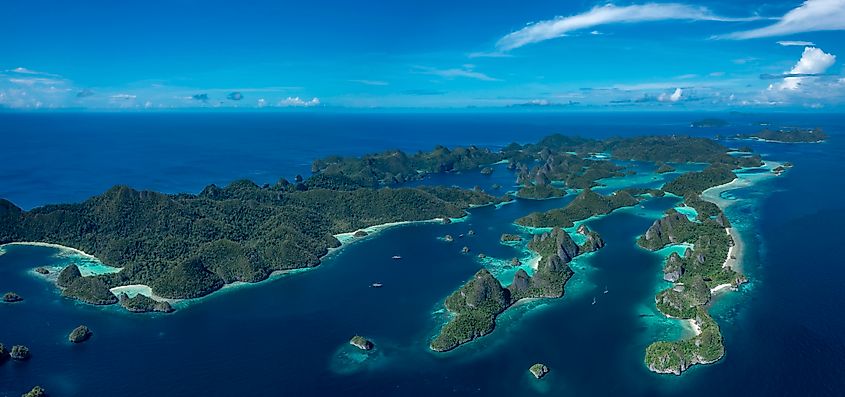
Island Maldives Tropical Drone Ocean.
The Pacific Ocean is home to thousands of islands, each with its own culture, history, and natural beauty. From the volcanic islands of Hawaii to the beautiful atolls of the Maldives, these islands offer travelers a variety of experiences.
Hawaii, the only US state in the Pacific, is famous for its beautiful landscapes, rich cultural heritage, and vibrant marine life. Oahu, where the capital city, Honolulu, is located, is a favorite spot for surfers and beach lovers. The Big Island, also known as Hawaii Island, features active volcanoes and lush rainforests, offering plenty of opportunities for adventure and exploration.
The Role Of The Pacific In Climate Regulation
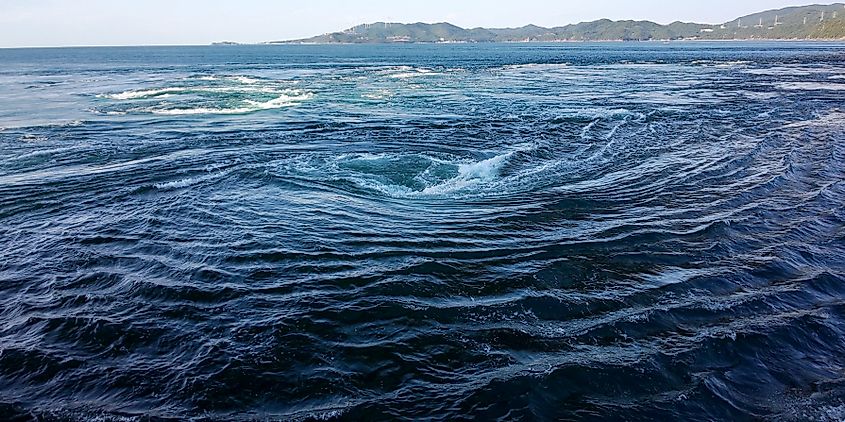
Whirlpools created by the influence of ocean currents.
The Pacific Ocean is vital in regulating Earth's climate. Its vast surface absorbs and stores solar energy, helping to keep global temperatures stable. Ocean currents like the powerful Kuroshio Current move warm water from the equator to the poles, affecting weather patterns and distributing heat worldwide.
El Niño and La Niña, two climate phenomena starting in the Pacific, have significant impacts on global weather. El Niño warms the central and eastern Pacific, leading to severe weather like droughts, floods, and hurricanes. La Niña, with cooler ocean temperatures, also causes major climate changes.
Pacific Ocean's Influence On US Tornadoes
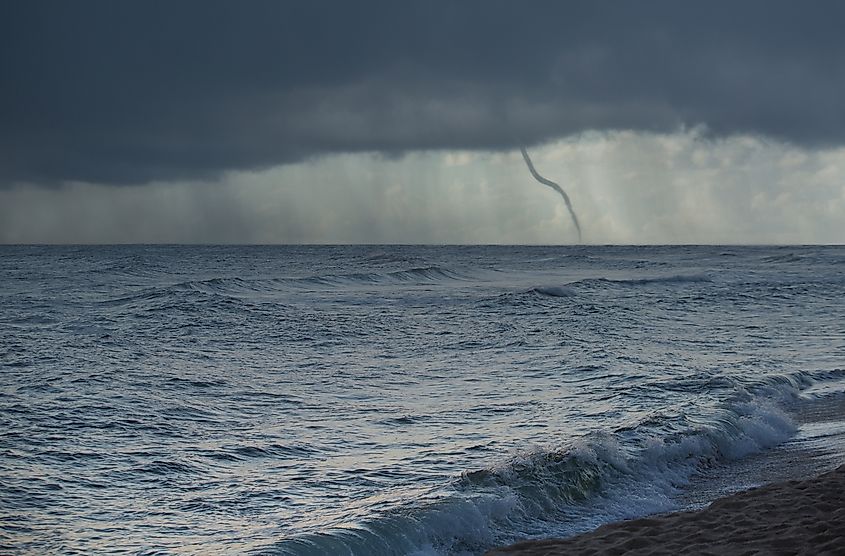
Storm with tornado over the sea.
Despite the vast and tranquil expanse of the Pacific Ocean, its impact on weather patterns can sometimes lead to turbulent and destructive events like tornadoes in the mainland United States. While tornadoes are mainly associated with "Tornado Alley" in the central US, they can also be influenced by atmospheric conditions from the Pacific.
The Pacific's climate plays a role in weather instability, especially during events like El Niño and La Niña, which can enhance storm conditions conducive to tornado formation. During these periods, changes in sea surface temperatures affect jet streams and atmospheric pressures, leading to severe weather systems moving across the United States.
Conservation Efforts
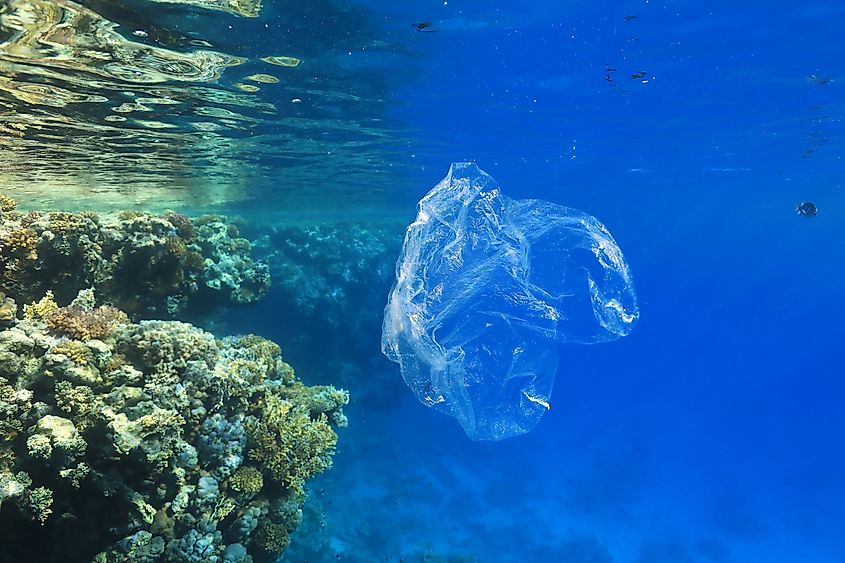
Plastic bag drift underwater along coral reef.
Conservation efforts in the Pacific Ocean are vital for preserving its rich biodiversity and combating climate change. Marine protected areas (MPAs) provide safe havens for endangered species and habitats. Initiatives like the Coral Triangle Initiative focus on protecting coral reefs and marine life. Efforts to reduce plastic pollution include beach clean-ups and bans on single-use plastics in several island nations.
Sustainable fishing practices and international regulations help prevent overfishing and aid the recovery of depleted fish stocks. Restoration projects aim to rehabilitate damaged ecosystems, such as coral reefs and mangroves, ensuring the Pacific Ocean's health and longevity for future generations.
Sustainable Tourism
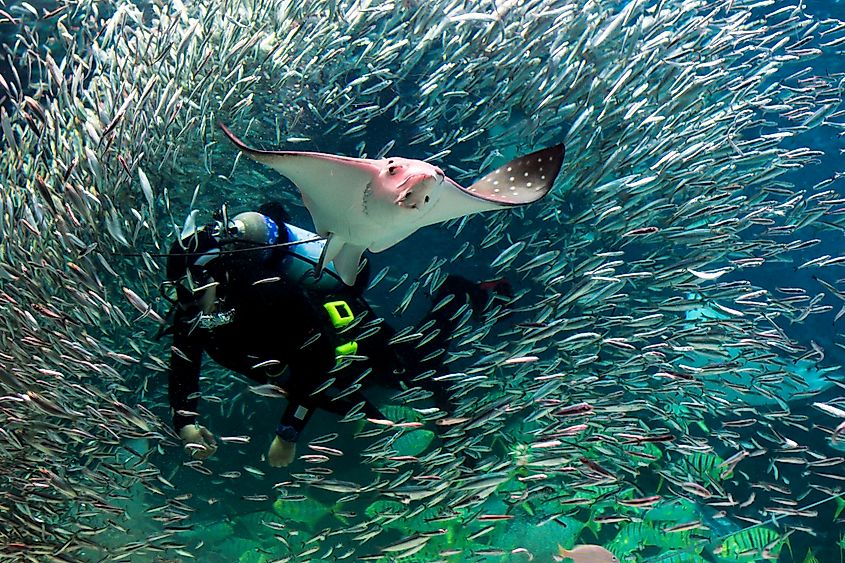
Sustainable tourism in the Pacific is crucial for safeguarding its natural and cultural resources while boosting local economies. By adopting eco-friendly practices like minimizing waste, conserving water, and using renewable energy, tourists can lessen their environmental impact. Supporting local businesses and communities ensures that tourism benefits the residents, promoting cultural preservation and economic stability.
Engaging in responsible activities, such as wildlife viewing and cultural tours with local guides, enriches the travel experience and aids in conserving natural habitats. By following sustainable tourism principles, visitors help preserve the Pacific's beauty and biodiversity for future generations.
Cultural Heritage
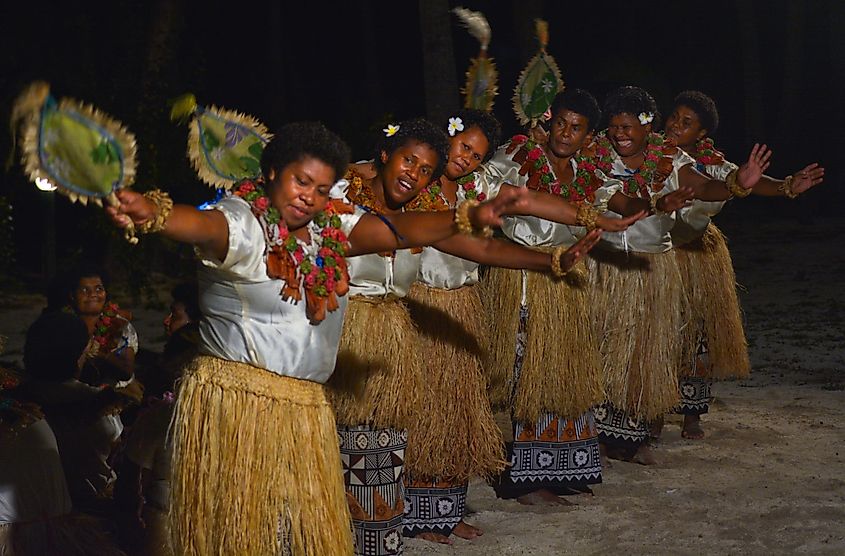
The Pacific region is a vibrant blend of diverse cultures and traditions passed down through generations. Indigenous communities like the Māori of New Zealand, the Polynesians of Hawaii, and the Fijians of Fiji have rich histories, languages, and customs deeply connected to the ocean. Traditional practices, such as star-based navigation, fishing techniques, and dance rituals, showcase the strong bond between these cultures and the Pacific waters.
Cultural heritage here is not just a link to the past but a living, evolving element crucial for preserving identity and fostering community resilience amid modern challenges. Protecting and honoring these traditions is essential for maintaining the cultural fabric of the Pacific.
The Pacific Is Nature's Marine Marvel
The Pacific Ocean is a treasure trove of natural wonders, cultural heritage, and untapped potential. From its diverse marine life to its crucial role in climate regulation, the Pacific is an integral part of our planet's health and well-being. Exploring and protecting the Pacific Ocean is not only a privilege but a responsibility. By learning about its unique features, supporting sustainable practices, and participating in conservation efforts, we can all contribute to the preservation of this magnificent ocean.
Take the next step in your journey with the Pacific Ocean. Whether you're planning your next adventure, advocating for conservation, or simply sharing your experiences with others, your actions can make a difference. Let's work together to ensure that the Pacific Ocean remains a source of inspiration and wonder for future generations.
